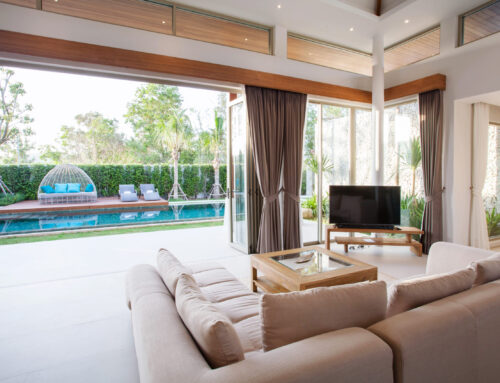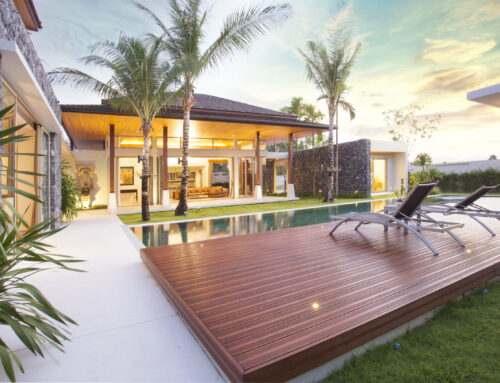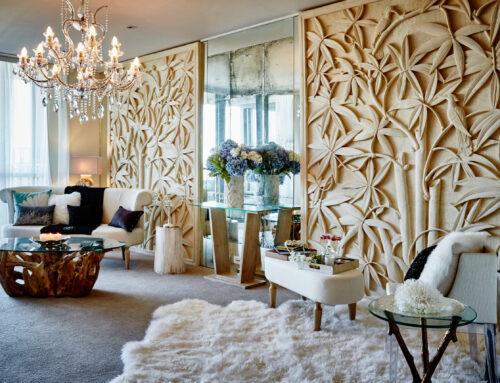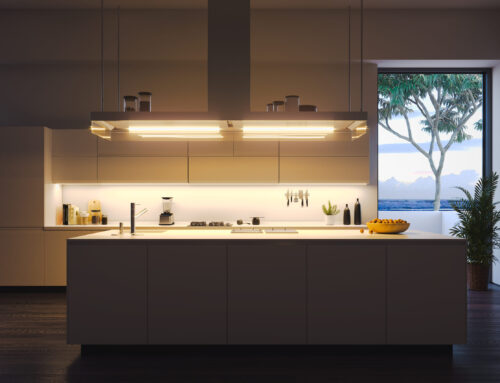Modern life includes the din of traffic and seemingly nonstop chatter from ubiquitous cell phones. The drive to maximize every second of the day has left many anxious and unfilled. Luxury homes are filled with designer kitchens to make feasts and garages that are playrooms for car enthusiasts. Many of us have forgotten how to just be and enjoy the present moment fully. Regardless of religion or philosophy, a meditation room is a must for any modern home. Want to see homes that have spaces that will bring you inner peace? Start your journey by visiting the Distinctive Collection by Better Homes and Gardens® Real Estate. Read on to discover how to design a space to relax and recharge in luxury.
Décor
The absolute first thing that should be done in your Zen space is uncluttering. Meditation rooms are supposed to clear the mind of noise and ego. Having too many things in this space is counterproductive. Design your Zen by finding what speaks to you. The four elements – water, earth, fire and air – can be starting points of what to include. Break with tradition and paint the ceiling. Evoke harmony by using a soothing palette such as light blues and greens. Another safe option is to use only neutrals. Add tactile elements such as faux fur pillows or shag rugs. Welcome flowers and stones as natural accents. Many believe that a Zen space should have at least one sitting, laughing or reclining Buddha; follow what makes sense for you. Any figurine that evokes peaceful thoughts should be included.
Location
In real estate, location is everything. Meditation rooms should apply the same focus. In selecting a space, consider views and noise levels. Choose a space that is away from streets, pools and the garage. The view is crucial if not closing the eyes to focus on the breath. A guest home would be ideal if converted. Libraries could also be of service, as well as solariums. Look for spaces in your home that look out over lakes, beaches or mountains. Views of the ninth hole are fine, as are your gardens. If all these spaces are taken, select an inspiring piece of wall art to gaze upon as you relax. At the least, look for calming influences and enough space to do a few yoga poses if desired.
Seating
A bed welcomes sleep into your consciousness, but a full bed is not ideal for a meditation space. Daybeds are perfect if there are any physical issues with sitting still for long periods of time. They allow you to recline comfortably without leaning all the way back. Many practitioners use meditation pillows that are filled with buckwheat for stability. Throw at least one pillow on the ground or the designated seating area for optimal comfort. If choosing to forego pillows, rugs are a great alternative. Choose the size depending on whether you want to relax or lounge when unwinding. An open-air meditation space would be sensational with multiple sofas in neutral shades. Chaise lounges and bean bags would also bring relaxation into your Zen space.
Lighting
An ideal mediation space would have a great window or skylight to connect you to your dreams. However, if not renovating, light fixtures can be a practical way to create a serene mood with a flick of a switch. The best way to achieve soothing illumination is to layer your lighting options, such as lamps, throughout the space to achieve balance and symmetry. Play with lights and shadows in your space. All lights should be on dimmers and at several levels of the room. Fairy lights can be strung either horizontally or vertically to illuminate your internal retreat. This option also works as they are movable and can be arranged to suit creative impulses. Pendant lights and chandeliers can also be hung as long as they are not directly overhead. For an authentic touch, use rice paper lanterns. While some designers encourage the use of candles in candelabras or fireplaces, decide your level of comfort and alertness before placing them in your personal escape.
Flooring
Hardwood floors are preferred for a Zen room. Not only are they minimalist chic, they are also enduring and can handle any foot traffic of wandering loved ones. Oak and cherry wood will add style to your space, but first and foremost, consider the design of the room. Open spaces can welcome darker tones like maple. Compact spaces may fare well with teak, the flooring of choice in numerous Asian countries.
Design your Zen and invite peace into your home.








